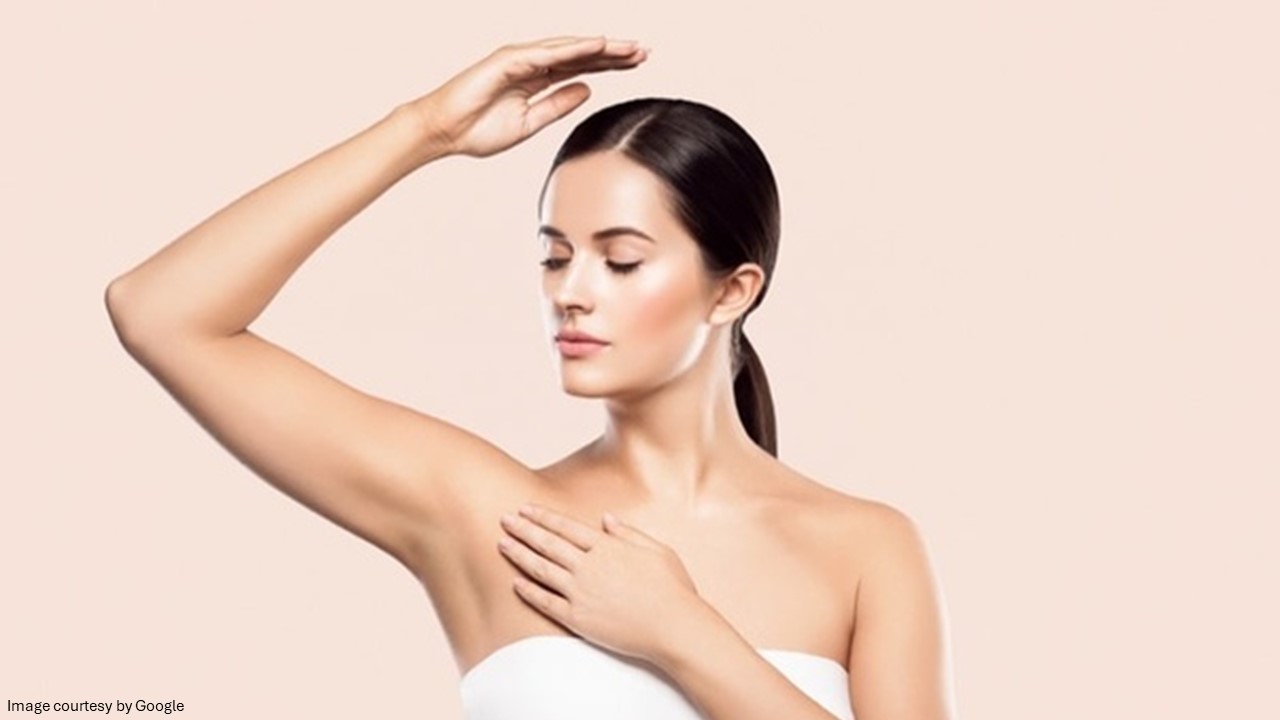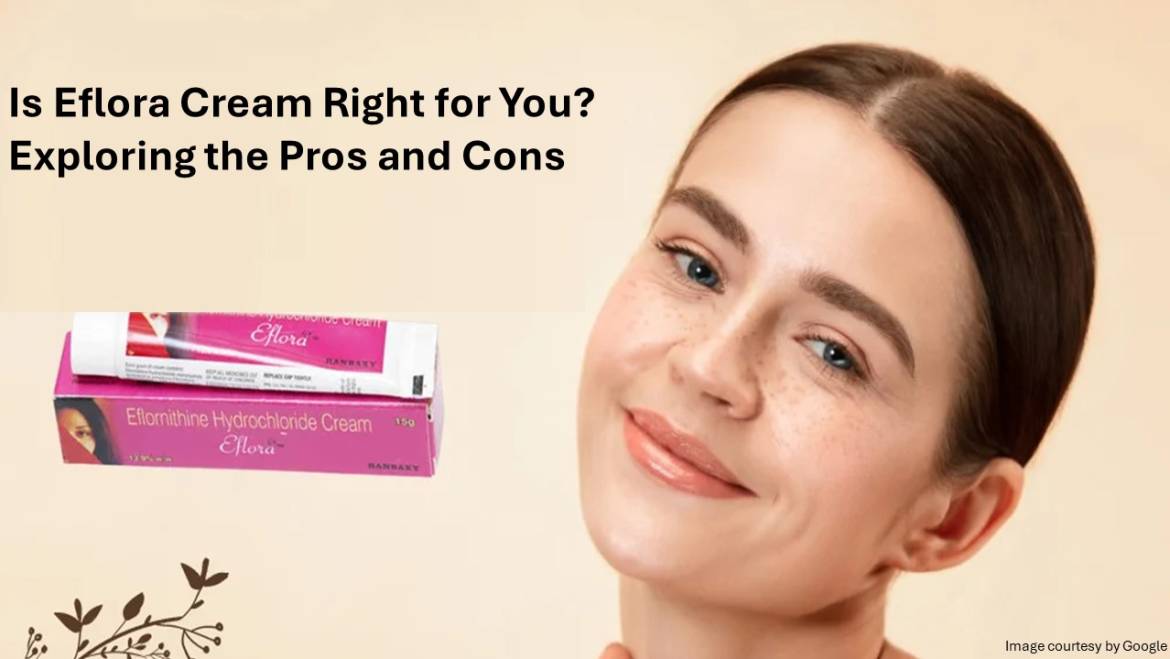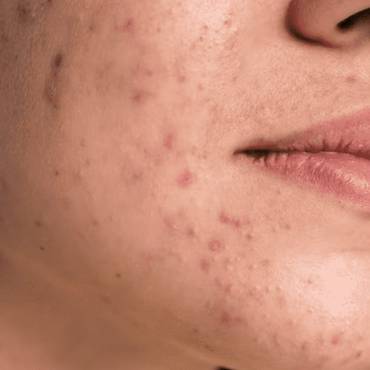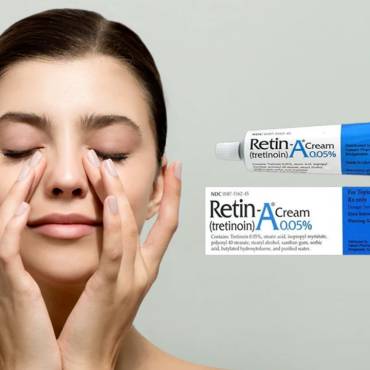Management of hirsutism comprises the combined use of medical treatment and the mechanical removal of excessive hair. Eflora cream is approved to reduce unwanted facial hair growth in women. Buy eflora cream online at the best price to deliver to your doorstep. This page will cover eflora cream uses, its results, and disadvantages below.
Benefits of Eflora cream
Unwanted facial hair growth is a common problem among women and one that can have a negative impact on quality of life. Laser treatment has emerged as a premier option for unwanted facial hair growth. Patient satisfaction with the results may be high, but multiple treatments are required, and even then, lasers are only effective in removing or fully inhibiting 50% to 90% of hairs.
Furthermore, laser treatment is an expansive option, and while its safety profile is generally favorable, pigmentary changes and other side effects can occur. Eflora hair removal cream containing Eflornithine hydrochloride is another therapeutic option for reducing unwanted facial hair growth in women. In research studies, it has been shown to lead to inhibition of cell division associated with hair growth. Eflora cream is safe and effective in reducing the growth and appearance of facial hair and is associated with improved quality of life. Buy Eflora cream online to treat unwanted facial hair growth.
Methods of administration
Eflora cream 15 gm should be applied to the area twice a day, at least eight hours apart. Effectiveness has only been demonstrated for affected facial skin areas under the chin. Application of the product should be limited to these areas. Improvement in the condition may be noticed within eight weeks of initiating treatment. Continued treatment may cause further improvement and is required to maintain beneficial effects. Your condition may return to its previous state following the discontinuation of treatment. The use should be discontinued if no beneficial effects occur within four months of initiating therapy. The patient should continue to use a hair removal method (shaving or plucking) in combination with Eflornithine hydrochloride cream. In that case, the cream should be applied no sooner than five minutes after shaving or other hair removal methods should be used as increased burning or stinging may otherwise occur. The safety and effectiveness of Eflornithine in children aged 0 to 18 years has not been established.
The safety and effectiveness of Eflora cream in women with hepatic or renal insufficiency have not been established. As the safety of Eflornithine has not been studied in patients with severe renal impairment, exercise caution when prescribing Eflornithine for these patients.

A thin layer of the cream should be applied to clean and dry affected areas. The cream should be rubbed thoroughly. The medicinal product should be applied so no visual residue remains on the treated areas after the rub-in. Wash your hands after applying the product. The treated area should be cleansed within four hours of application for maximum effectiveness. Cosmetic items, including sunscreens, can be applied over the treated areas, but no sooner than five minutes after application.
Eflora cream results
Improvement in the condition may be noticed within eight weeks of initiating the treatment. Continued treatment may result in further improvement and is required to maintain beneficial effects. The condition may return to pre-treatment levels within eight weeks following discontinuation of therapy. Patients may be required to continue to use a hair removal method in combination with Eflora cream. The cream should be applied no sooner than five minutes after shaving or using their hair removal methods, as increased burning or stinging may otherwise occur. To check eflora cream results, use it as prescribed by your dermatologist.
Cons of using Eflora cream
Like any other medication, Eflora cream and its benefits can also cause side effects. The most skin-related side effects reports were primarily mild in intensity and resolved without discontinuing Eflornithine cream or initiating medical treatment. The most frequently reported side effects were acne, which was generally mild. The product should not be used in patients hypersensitive to the active substance or any ingredients in this medication. Eflornithine cream is for cutaneous use only. Contact with eyes, nose, or mouth should be avoided. Stinging or burning may occur when the product is applied to a broken skin. If skin irritation or intolerance develops, the frequency of application should be reduced temporarily to once daily. If irritation continues, treatment should be discontinued, and a dermatologist should be consulted. This topical medication contains cetostearyl and stearyl alcohol, which may cause local skin reactions, and methyl parahydroxybenzoate and propyl parahydrozybenzoate, which may cause allergic reactions.
Conclusion
Eflora cream used for unwanted facial hair growth, is the only topical treatment licensed for treating facial hirsutism in women. Patients may be required to continue to use a hair removal method in combination with eflora cream. The product should be applied to the affected area twice a day, at least eight hours apart. Effectiveness has only been demonstrated for the affected face area and under the chin. Application should be limited to these areas.
admin
Latest posts by admin (see all)
- What is Triluma Cream? Uses, Benefits, and How It Works for Skin - December 26, 2024
- What Causes Dark Spots? Understanding the Science of Hyperpigmentation and How Skin Lightening Products Help - December 26, 2024
- Tretinoin Gel vs. Cream: Which Formulation is Right for Your Skin? - December 20, 2024



